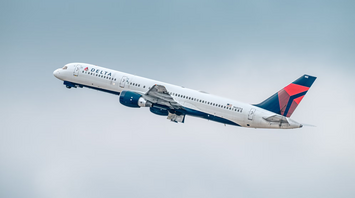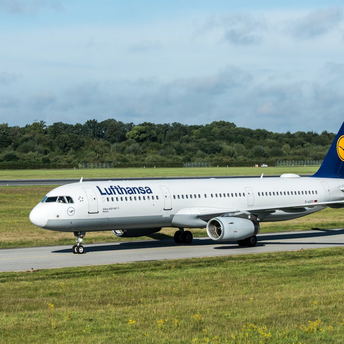Free High-Speed Wi-Fi Now Available on Delta’s Overseas Flights

Delta Air Lines is making significant strides in improving in-flight connectivity by offering free Wi-Fi on most of its transatlantic routes, including services to Europe, West Africa, and Israel. This comes after completing similar coverage across its domestic mainline fleet. The airline plans to fully equip its global fleet with free high-speed internet by 2026, marking one of the most extensive connectivity upgrades in the commercial aviation sector to date.
In parallel with international expansion, Delta has begun installing Wi-Fi on regional aircraft, starting with the CRJ-700. Smaller jets will soon offer just as much online access during long-haul flights as their counterparts do on the shorter routes. The airline also plans to retrofit its Boeing 717 aircraft with dual-network systems that will enable faster, more stable internet performance, even during peak usage times onboard.
These changes bring notable advantages. Business flyers can use the time in the air to do something productive with Internet access for work reasons, while leisure passengers can use entertainment, communication and flight planning features mid-flight. With the ability to connect from gate to gate, passengers are no longer disconnected during critical travel moments, making the flying experience more efficient and less isolating.
By allowing aircraft dual-network (switchover in real time),Delta enabled its customers to have better experience. This reduces connectivity drops and improves streaming performance, especially on long-haul journeys. With upgraded systems also coming to new aircraft like the A350-1000 and A321neo, the airline is aligning its onboard tech with growing traveler expectations for constant, reliable access to digital services.
Delta's move goes beyond just a tech refresh — it signals a change in how air travel is now experienced. Free, fast Wi-Fi is no longer a luxury, but a standard amenity. This development is in line with what modern travelers crave, be it working or leisurely, for the most part there is an increasing demand of internet access, even 30,000 feet above ground.



















